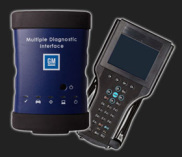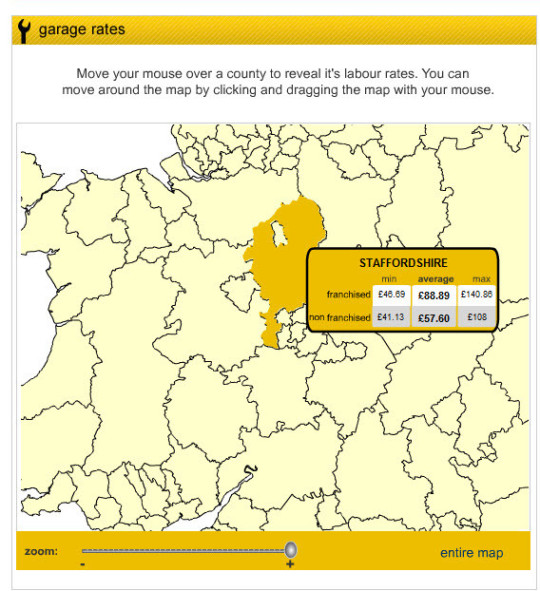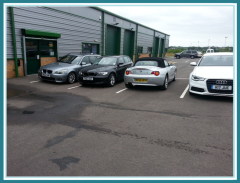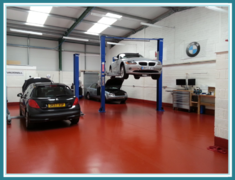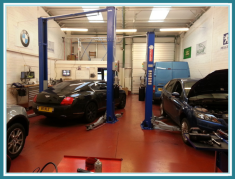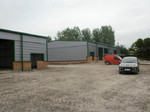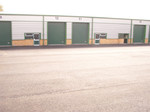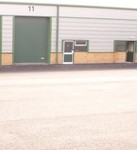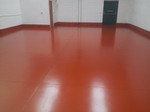PLEASE NOTE
-
As company Policy we do not fit or repair any aftermarket accessories .
-
These include aftermarket , phone kits , parking sensors ,Reversing Cameras ,
-
HID headlight kits & Bulbs ,LED lamps ,
-
Radio / media players and towbar electric kits.
This is simply due to the amount of poor quality and none approved accessories that are out there from various internet stores and auction web sites
-
We also do not offer any services to remove or DE-CAT ,add pops and bangs , DPF removal or SCR removal.
CAR SURGERY GAINS OFFICIAL FACTORY ON- LINE APPROVAL FROM FORD
We are pleased to Announce, we have been accredited By Ford Motor Company this allows us access to the latest Ford Diagnostic Platform FDRS & GFDS.
This will allow us to perform High level security programming to Ford PATS system, as well as the other factory tool features that you would expect , PMI , Flash programming , As-build data and CCC / CCF coding....
CAR SURGERY GAINS OFFICIAL FACTORY ON- LINE APPROVAL FROM MERCEDES
CAR SURGERY GAINS OFFICIAL FACTORY
ON-LINE APPROVAL FROM VAG GROUP
In 2013 VW Group Cars: Including Audi, SEAT, and Skoda introduced new technology to diagnose, repair and replace components on new model releases from 2014 onwards.
- This new vehicle technology now requires the use of VAG group factory approved diagnostic test equipment - The Offboard Diagnostic & Information System.
- Every task on this new dealer test equipment is performed online using secure connections to VW factory servers in Germany.
- The new system introduces brand new methods for correctly diagnosing & logging repairs on VAG Group vehicles.
- The CAR SURGERY is equipped to perform all online diagnostic procedures performed by main dealers worldwide. Only workshops connected to VAG factory servers can correctly perform many procedures on the new models.
- This equipment is supplied by VAG Group Systems. It is the identical system used in VW, Audi, SEAT & Skoda main dealers. ODIS is licensed, supported and directly linked to VW Group in Germany for all repairs.
New Security Technology installed on all VW brands:
All new models are now being built with unique security matched components. A system named 'Component Protection'.
The concept behind Component Protection is to prevent the theft of VW, Audi, SEAT, and Skoda vehicles for their increasingly expensive components.
The new Diagnostic system supported by VW Group Germany empowers us to perform specific online tasks, many of which are not available using conventional garage equipment.
Without the support of the new online dealer system fitting many components has been rendered impossible for large numbers of vehicle repairers.
Specialised services that the CAR SURGERY can perform on VAG Group vehicles:
- Component Protection Removal - Enabling full functionality on new control units - ONLY VWs online diagnostic system can perform this job correctly. Other tooling may remove component protection - but will risk damaging new components irreparably while attempting to perform this task.
- Software updating of Control Units - ECU Software updates are installed to prevent changing expensive electronic components developing faults of corrupted software. In many cases software updating can save hundreds of pounds by NOT replacing control units logging a "defective" fault code. Many workshops are still unaware of this new repair technology
Key and Remote Matching Service - Genuine VW key orders are matched on VW Factory servers to your car. Only an online connection to the VW security server can match these genuine parts correctly (online handshaking), without a risk of damage.
- Online Radio Code Retrieval - For enabling VAG sound systems with lost radio codes.
- Immobiliser Release & Matching - Only a legal and secure online connection can match genuine immobiliser components to your new car correctly without risking expensive and irretrievable damage to your cars electronics.
- Service Interval Resets on ALL VW, Audi, SEAT, & Skoda models - Many tools fail to correctly set your next service reminder, ODIS correctly completes this task.
- Airbag Systems - New models now require airbag systems parameterising online.
- Online Diagnostics with the latest factory supplied bulletins, data & procedures.
We are pleased to announce that we have gained approval and full access to Vauxhall's online Diagnostic Platform and data.
Being a approved independent allows us to complete many tasks that the majority of garages cannot do.
If your Vauxhall should need Repair or service we are able to offer complete vehicle Diagnostics areas covers are :
SPS - control module software update
SPS - advance vehicle configuration and programming
High security programming - New keys or installing new control units
Customer upgrade and retrofits
Radio code requests
Security requests
Access to Field Remedies and technical bulletins.
CAR SURGERY GAINS BMW & MINI OFFICIAL FACTORY ON-LINE APPROVAL
LABOUR RATE AVERAGE ACROSS STAFFORDSHIRE MAIN DEALER £90 per hour INDEPENDENT £57 per hour
CAR MANUFACTURES RATINGS
Diagnostic & Repair Centre is fully open for business
Brand new diagnostic and service centre under construction
The Car Surgery Diagnostic & Repair centre is under Construction and will opening Summer 2013




